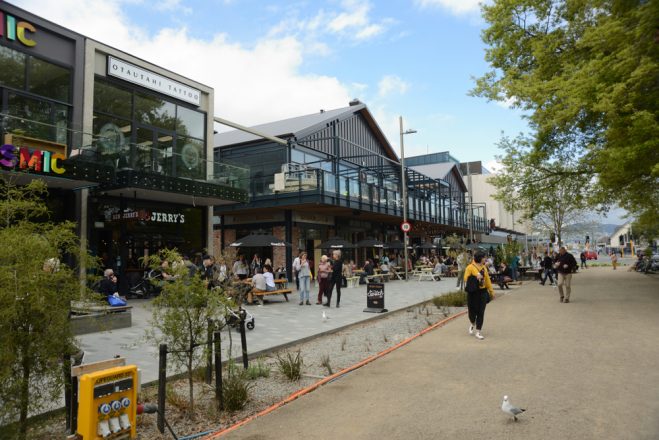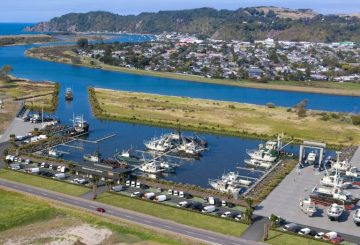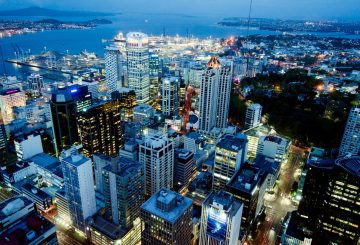尽管奥克兰 Covid-19 疫情持续进行,但企业仍感到不那么悲观。
澳新新西兰 9 月份的《新西兰商业展望》显示,净 7.2% 持悲观态度,比 8 月份悲观的 14.2% 有所改善。
但澳新银行首席经济学家沙龙·佐尔纳表示,自己的活动前景非常强劲,有 18% 的人认为需求会反弹。
佐尔纳说:“基本上,企业似乎正在考察当前的封锁,知道我们以前来过这里,而且我们在这里和海外看到的是,只要有财政支持可以帮助所有人度过难关,需求的确会大幅反弹。”
她说这次也是人们的期望。
“就是说,我们现在已经进入封锁将近 50 天了,前进的道路仍然很模糊,不确定性持续的时间越长,那么风险是我们确实看到那些前瞻性的情绪和活动指标开始下滑,但就目前而言,它们看起来非常强劲。”
但是,面对高成本和通货膨胀压力,利润预期和投资意向有所下降,这突出表明商业环境仍然艰难。
“企业的通货膨胀预期正处于储备银行目标区间的顶部,约为 3%。
“家庭的期望值总是高得多,但他们已经跃升了很多,达到了 1.5%。而且它们确实很重要,因为它们会影响两家公司通过成本的能力,如果人们预期通货膨胀,那么当你提高成本时,你得到的回扣就会减少。而且还要在非常紧张的劳动力市场中进行工资谈判。”
她说,在全球范围内,一切都指向更高的通货膨胀。
“全球通货膨胀正在酝酿中,央行越来越难以辩称这只是暂时的。”
《商业展望》还显示,信贷方面略有改善,人们对获得信贷的看法略有改善。
净 50.3% 的人对信贷预期的宽松度持悲观态度,略高于 8 月份的 52.6%。
经济学家卡梅隆·巴格里表示,这是向前迈出的 “一小步”,但这是有记录以来第三差的读数。
他说:“考虑到 Covid 的情况,这是在整体调查的背景下,活动和各种指标保持良好状态。”
来源:RNZ 新闻






























































